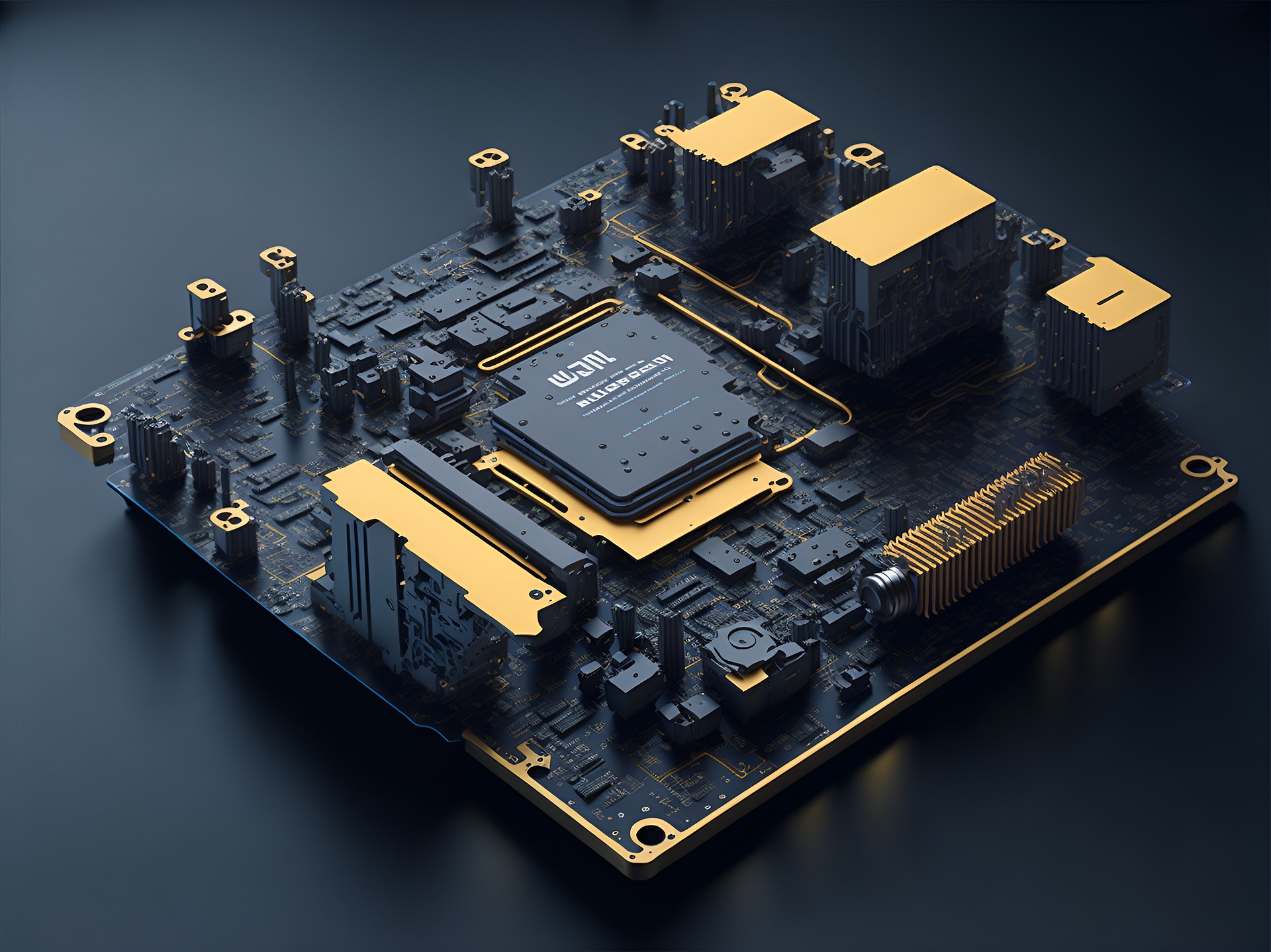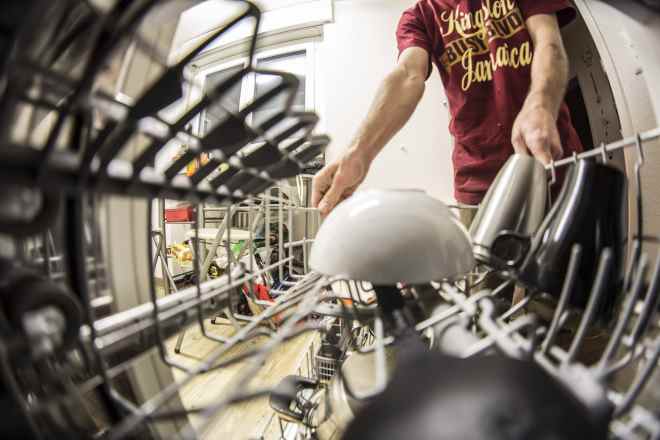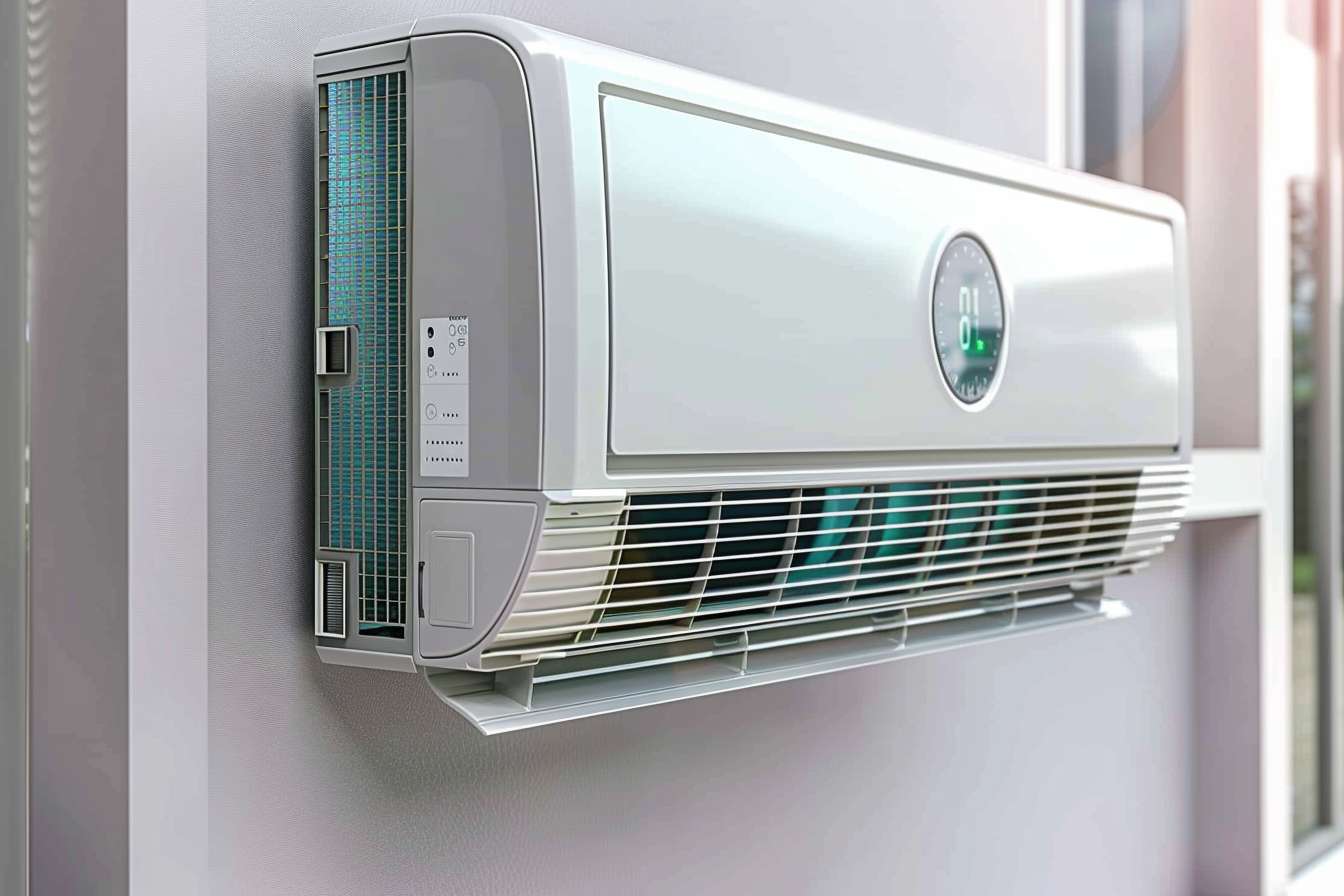Riding the Wave of Microbial Fuel Cells: A Green Energy Revolution
Microbial fuel cells, or MFCs, might seem like a futuristic concept, but these exciting technological marvels have been silently evolving for years. As we grapple with the global energy crisis, MFCs present a promising and eco-friendly solution, turning organic waste into valuable power. Let's dive into the fascinating world of MFCs and explore how they could shape our energy future.

Background: The Birth and Rise of Microbial Fuel Cells
The birth of MFCs dates back to the early 20th century when British scientist M. C. Potter discovered that microbes could generate electricity. But it was not until the 1970s that the technology started to gain recognition, thanks to the work of scientists like H. P. Bennetto. Bennetto’s research laid the groundwork for modern MFCs, demonstrating how these devices could turn organic waste into electricity with the help of bacteria.
Microbial Fuel Cells: How do they work?
At the heart of an MFC is a population of bacteria that ‘eat’ organic matter. As they munch away, these tiny organisms produce electrons as part of their metabolic process. The MFC captures these electrons and uses them to generate an electric current. This process is entirely natural, and apart from the input of organic waste, it requires no additional energy.
Latest Developments: The Green Energy Potential of MFCs
MFCs have been making headlines recently, with several exciting breakthroughs. For example, researchers at the University of Bath have developed an MFC that uses urine to generate electricity. Similarly, a team at the Bristol BioEnergy Centre has been experimenting with ‘Pee Power,’ MFCs that can turn human waste into valuable power.
In the context of the global energy crisis and the push for more sustainable energy sources, these developments are incredibly promising. MFCs offer a way to recycle organic waste, reducing landfill and greenhouse gas emissions, while also producing clean, renewable energy.
Market Impact and Price Range
While it’s early days for commercial MFCs, the potential market impact is staggering. MFCs could revolutionize waste disposal and energy production, particularly in remote or developing areas where infrastructure is limited.
In terms of price, studies suggest that MFCs could be a cost-effective solution. A 2017 report by Grand View Research predicted that the global MFC market would reach $238.5 million by 2025, with declining costs as technology improves and scales up.
MFCs: The Future of Green Energy?
As we grapple with the dual challenges of waste disposal and energy production, MFCs offer a promising solution. They are a testament to the power of nature and technology, demonstrating how bacteria – one of life’s simplest forms – can help solve some of our most complex problems.
While there is still much to learn about MFCs, the progress so far is encouraging. With further research and development, these tiny powerhouses could play a significant role in our green energy future. The promise of turning waste into power is an exciting prospect – one that could transform our world for the better.
In conclusion, the advent of Microbial Fuel Cells is a testament to the endless possibilities that technology offers. As we strive for a greener, more sustainable future, innovations like MFCs inspire hope and anticipation for a world powered by clean, renewable energy.




